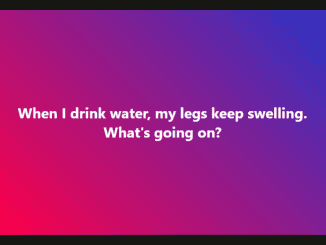Under-eye circles and bags can be annoying and hard to conceal. But, what lies beyond the aesthetic drawbacks of these issues is the possibility that they may be caused by deeper, more serious underlying health issues.
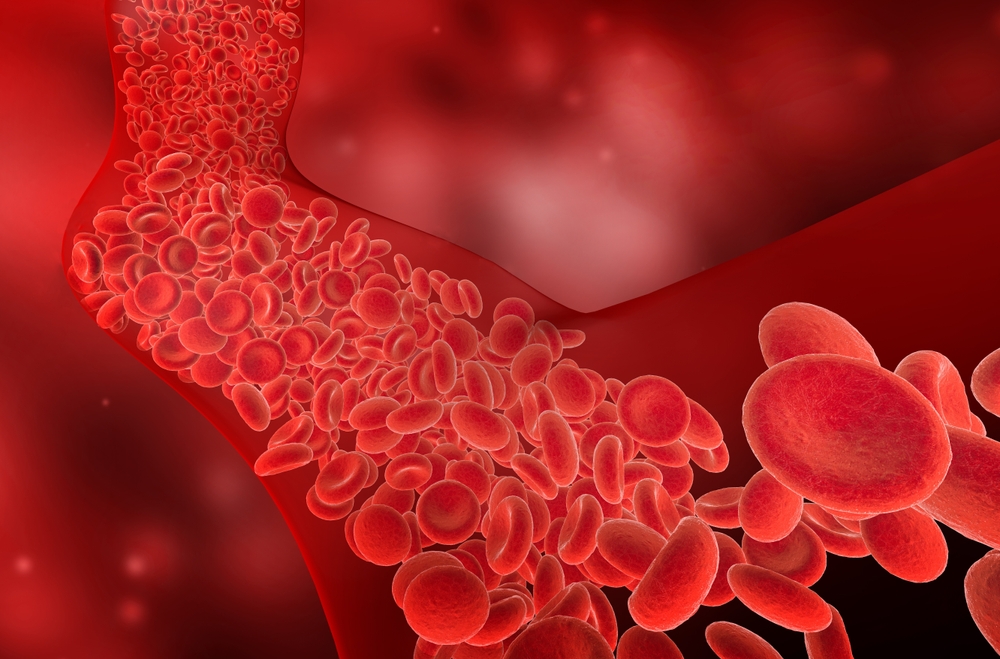
Source: Shutterstock
While most under-eye bags or discoloration are merely a sign of short-term issues, like a lack of sleep, or natural inevitabilities, such as aging, they may be a warning signal your body is trying to send you. Specifically, when and if under-eye issues worsen or persist over time, it’s likely that there may be deeper, more dangerous underlying culprits.
In this comprehensive guide, we’ll explore all the potential causes of under-eye concerns – from the harmless to the seriously concerning. By the end, you’ll understand the importance of paying attention to changes in your under-eye area and when it’s time to see a doctor.
The Anatomy of Under-Eye Circles and Bags
The thin delicate skin underneath your eyes, known as the periorbital area, allows blue or violet wavelengths to pass through, causing a blue-ish tint. As you age, the collagen and elasticity in your skin thins, making underlying blood vessels more prominent. This is the primary reason for the “dark circles” many people experience as they get older.
Under-eye bags, on the other hand, are caused by a weakening of the collagen tissue that supports the delicate skin around the eyes. As this tissue sags and fat builds up, it creates a puffy, swollen appearance.
When Under-Eye Issues Are Just Aesthetic – And When They’re a Warning Sign
While under-eye issues are primarily aesthetic and shouldn’t warrant serious concern, they can equally be a warning sign of underlying internal health concerns. In fact, your under eyes may be one of the only external signs of internal health issues!
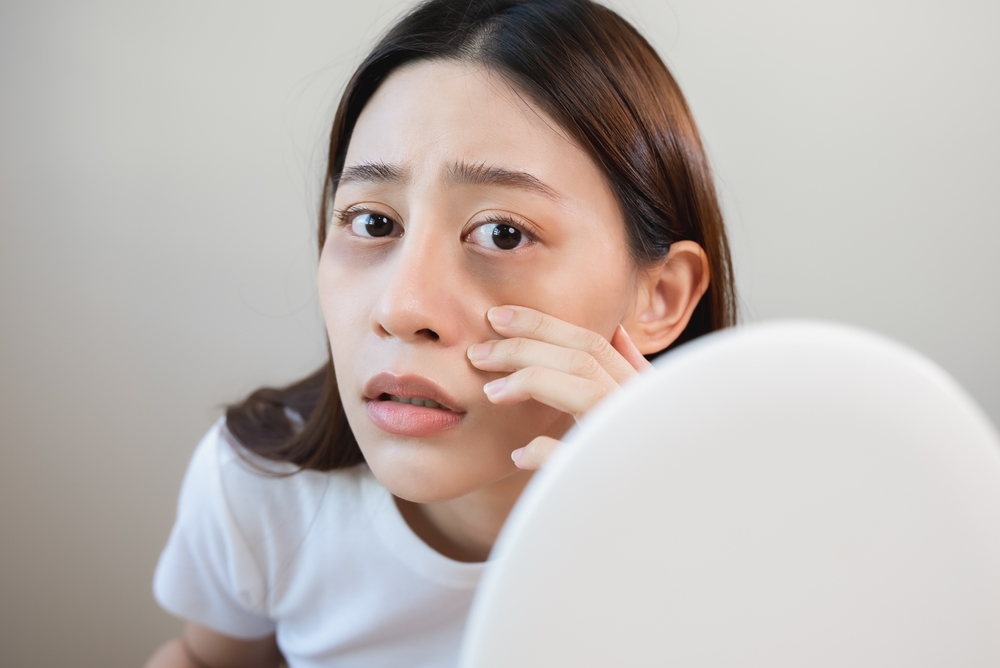
Source: Shutterstock
If discoloration or puffiness persists or worsens over time, it’s best to see a doctor to ensure that one of the following issues isn’t to blame:
Poor Circulation
Poor circulation is one of the more serious potential causes of persistent under-eye issues. To check if this is the issue, gently press on the skin – if it looks lighter when you remove your finger and then slowly darkens again, it’s likely a circulation problem.

Source: Shutterstock
Food Intolerances
According to the Mayo Clinic, dark under-eye circles may occur due to allergic or hypersensitive responses to particular foods. Anything from dairy to added preservatives could be the culprit.
Iron Deficiency
While dark circles alone don’t indicate iron deficiency, if you’re also experiencing symptoms like fatigue, frequent colds, and dizziness, it’s worth getting your iron levels checked. Iron deficiency can compromise your body’s ability to carry oxygen to cells, leading to under-eye discoloration.
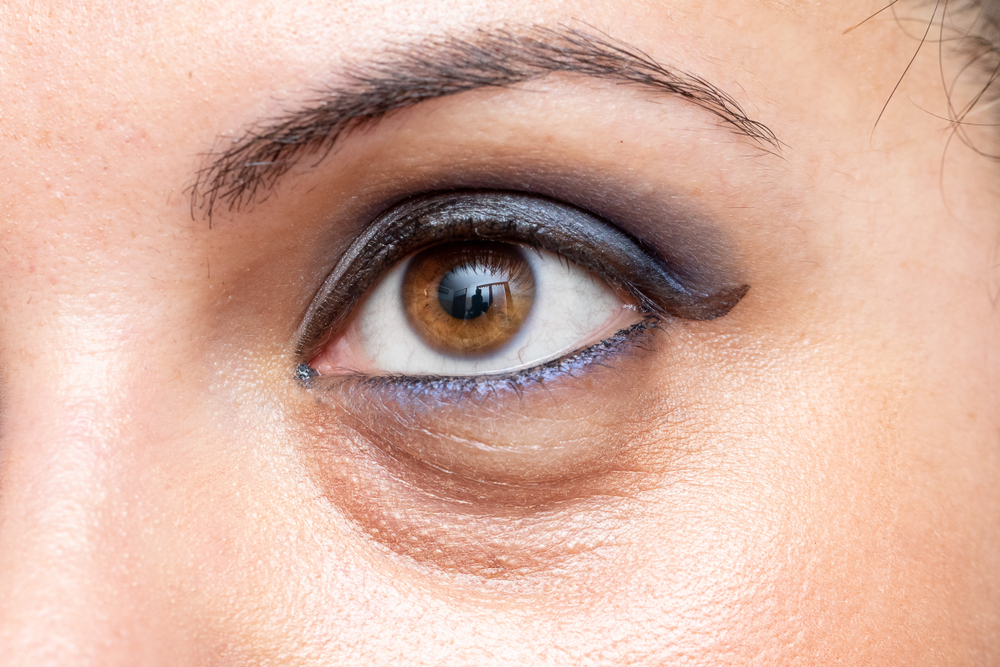
Source: Shutterstock
Thyroid Disorders
An underactive thyroid (hypothyroidism) can also manifest in the form of puffy, swollen under-eye bags. This is due to the thyroid’s role in regulating fluid balance in the body.
Dehydration
Chronic dehydration can also contribute to the appearance of dark circles and bags under the eyes. When the body is dehydrated, it pulls water from less vital areas like the delicate skin around the eyes, causing it to appear sunken and discolored.

Source: Shutterstock
Kidney or Liver Disease
In more severe cases, persistent or worsening under-eye issues could be a sign of more serious underlying conditions like kidney or liver disease. These types of organ dysfunction can lead to fluid retention and discoloration around the eyes.
The key is to pay attention to any changes in your under-eye area and address them promptly, as they may be a sign of a more serious health problem brewing beneath the surface.
Treating Under-Eye Issues for Both Aesthetic and Health Reasons
Fortunately, there are a number of ways to address under-eye concerns, whether they’re purely aesthetic or indicative of a deeper health issue. Some effective remedies include:
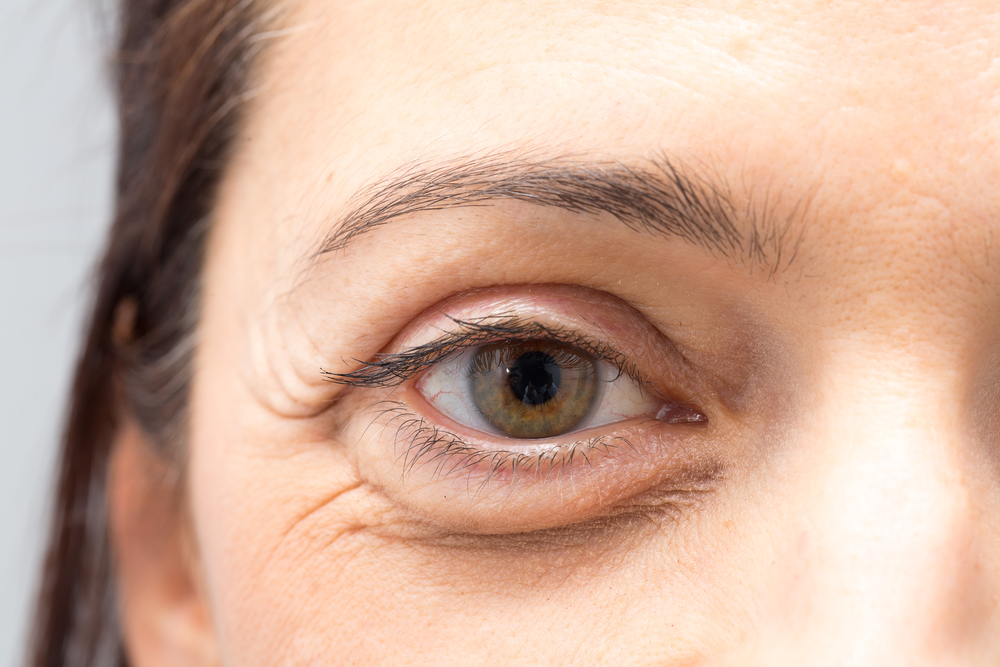
Source: Shutterstock
Topical Treatments
Over-the-counter creams and serums containing ingredients like caffeine, vitamin C, and retinol can help improve circulation, reduce puffiness, and lighten discoloration.
Lifestyle Changes
Getting enough sleep, staying hydrated, reducing stress, and avoiding excess sun exposure can all help minimize under-eye issues.
Dietary Adjustments
Eliminating potential food allergens, increasing iron-rich foods, and ensuring adequate hydration through diet can also make a big difference.
Medical Interventions
In more severe or persistent cases, consulting a dermatologist or oculoplastic surgeon may be necessary to address underlying causes or explore more advanced treatment options.
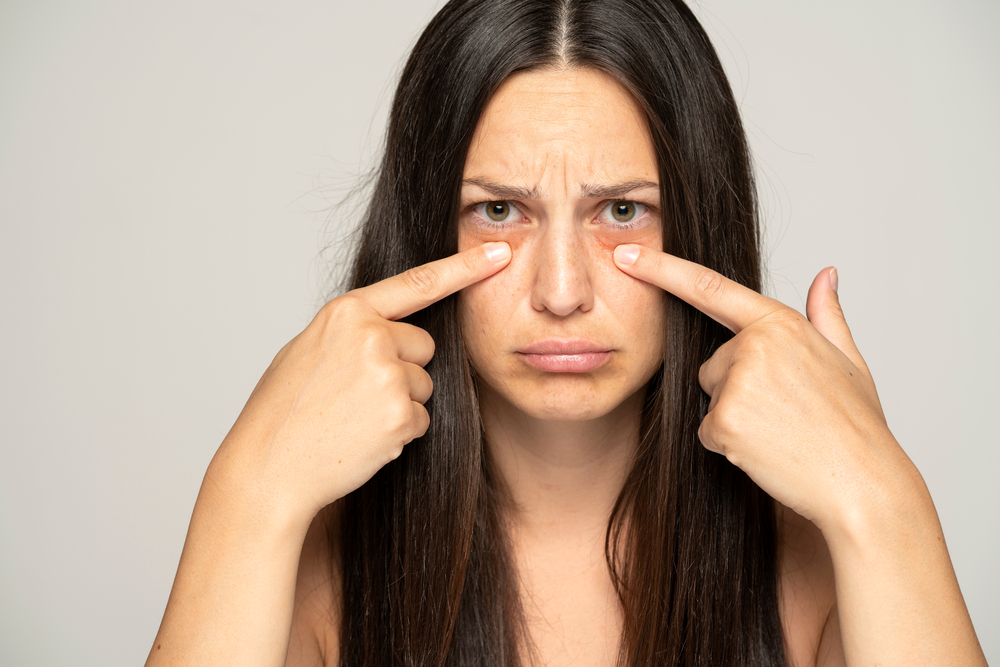
Source: Shutterstock
While under-eye circles and bags may seem like purely cosmetic issues, they can actually be a window into your overall health. By understanding the potential causes – from the benign to the more serious – you can take proactive steps to address any underlying problems and achieve both aesthetic and health-related improvements.
The key is to pay close attention to any changes or persistent issues in your under-eye area, and don’t hesitate to consult a medical professional if you have concerns. With the right treatment approach, you can minimize the appearance of under-eye concerns while also safeguarding your long-term wellbeing.


